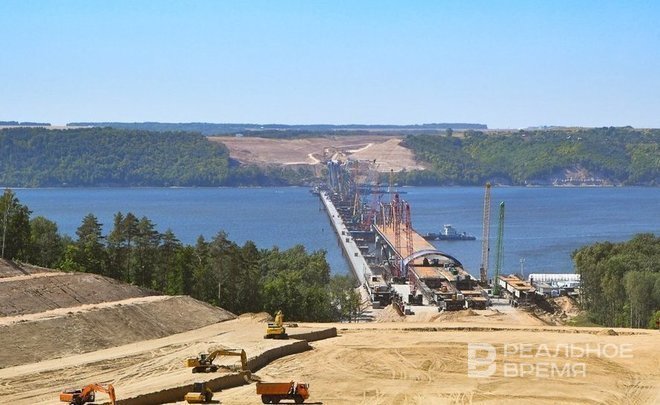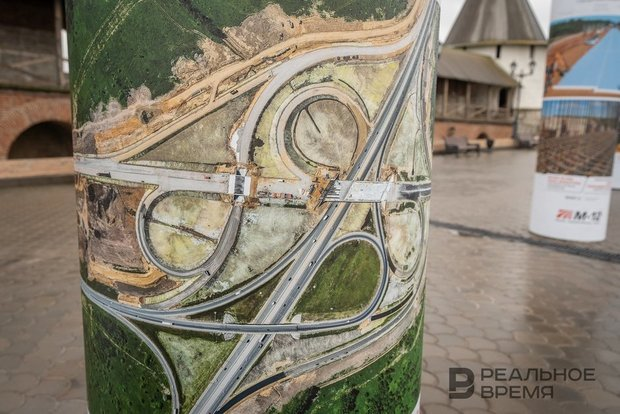‘Caused by the construction of M-12 motorway’: Tatarstan in the top of industrial waste growth

Tatarstan is among regions with the biggest rise in the amount of industrial waste in 2022. Last year, their number was 4.23 times higher (rise to nearly 16.6 million tonnes). As Realnoe Vremya was explained in the Volga-Kama Regional Office of Russia’s nature inspection watchdog, this is related to the construction of M-12 Vostok high-speed road. As for the creation of industrial waste, there wasn’t seen any significant rise.
Kemerovo Oblast accounts for nearly half of all industrial sewage of Russia
According to FinExpertiza, in 2022, Russian enterprises generated a record 9 billion tonnes of waste. It is 6.7%, or nearly 600 million tonnes, more than in 2021. Kemerovo Oblast is the absolute leader here where over 4 billion tonnes of industrial waste was generated last year. The region accounts for 44.8% of waste generated in Russia in general. The leadership is given to the fact that more than half of all Russian coal is produced in the region — and its production creates the main volume of all industrial waste.
Yakutia — 791.8 million tonnes — is second with a big gap, 5.6 times. The top 3 also includes Krasnoyarsk Krai with 589.1 million tonnes of waste. Mineral production is developed in these regions as well as in most areas from the top 10.
Ingushetia leads the list of regions with the smallest amount of industrial waste — just 7.500 tonnes, 538.000 less than in Kemerovo Oblast. The top 3 included Kalmykia (17.000 tonnes) and Kabardino-Balkaria (56.300 tonnes). The rating also has Nenets Autonomous District (152.400 tonnes), the Republic of Altai (157.700 tonnes), Dagestan (165.600 tonnes), Astrakhan Oblast (281.600 tonnes), Chuvashia (283.600 tonnes), Mari El (309.700 tonnes) and Chechen (360.900 tonnes). The agro-industrial complex that produces little waste is developed in all these regions except for Nenets Autonomous District.
Over 4 times more industrial waste in Tatarstan
As for Tatarstan, it ranks 28th in the general rating in waste production. In 2022, the republic generated around 16.583 million tonnes of industrial waste of all types. The biggest absolutely growth was 12.725 million tonnes, or 330%, compared to 2021, then enterprises produced 3.857 million tonnes of waste. In this indicator, the republic is 9th among Russian regions.
In the highest relative growth dynamics, Tatarstan rose nearly 4.3 times, third after Kamchatka (12.2 times, to 7.1 million tonnes) and Ivanovo Oblast (5.4 times, to 2.6 million tonnes).
Acting head of the Volga-Kama Regional Office of Russia’s nature inspection watchdog Bulat Akhmadiyev told Realnoe Vremya:
“The growth in the amount of waste is caused by the construction of the M-12 Vostok highway in the Republic of Tatarstan. The soil created during digging works is not polluted with dangerous substances is V category waste (almost not dangerous waste) and can be considered as construction, not industrial, waste.”

According to him, there isn’t seen a relatively high growth of such waste in Tatarstan.
Reference
Residues and unusual byproducts as a result of production are called industrial waste.